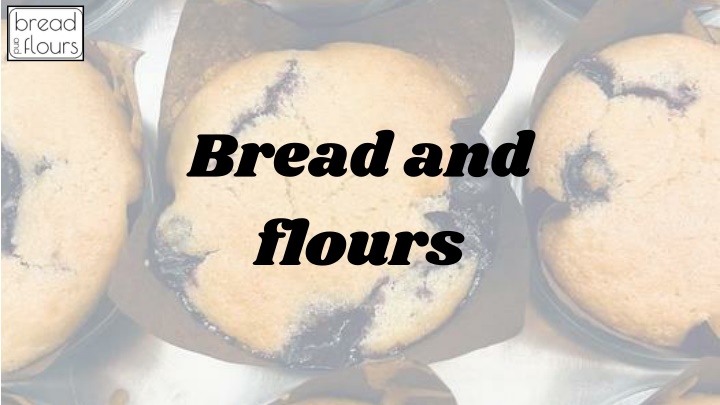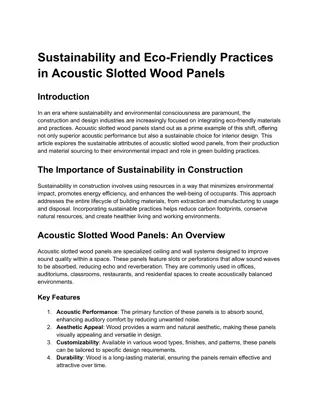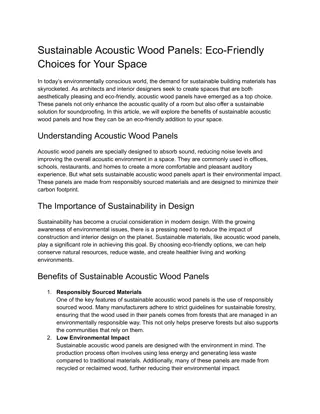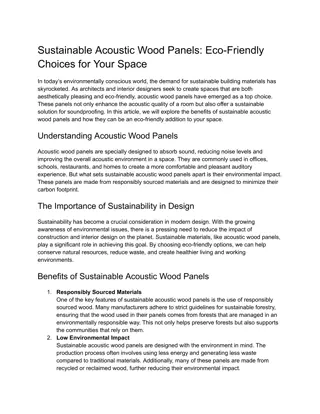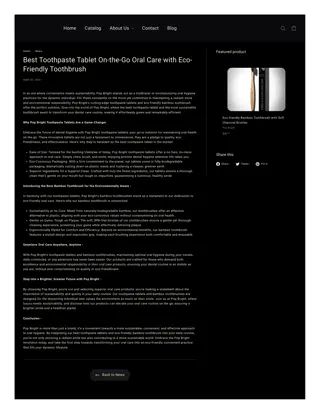Sustainable Sourdough Delights: The Art of Eco-Friendly Baking
Discover the joy of artisanal Sourdough Bread Bakery, where quality ingredients meet eco-friendly practices for a healthier, tastier experience.nMore informationnCall us: 760-880-0950nMail us: info@breadandflours.comnVisit us: // /
Download Presentation

Please find below an Image/Link to download the presentation.
The content on the website is provided AS IS for your information and personal use only. It may not be sold, licensed, or shared on other websites without obtaining consent from the author.If you encounter any issues during the download, it is possible that the publisher has removed the file from their server.
You are allowed to download the files provided on this website for personal or commercial use, subject to the condition that they are used lawfully. All files are the property of their respective owners.
The content on the website is provided AS IS for your information and personal use only. It may not be sold, licensed, or shared on other websites without obtaining consent from the author.
E N D
Presentation Transcript
Bread and flours
The Art and Craft of Sourdough Bread Bakery
Introduction Welcome to the delightful world of sourdough bread baking, where tradition meets craftsmanship. This guide will take you through the essentials of running a sourdough bread bakery, from understanding the science behind sourdough to mastering baking techniques and managing a successful bakery.
The Science Behind Sourdough The sourdough starter, a fermented mixture of flour and water, is the heart of sourdough baking. The wild yeast in the starter causes the dough to rise, while the lactic acid bacteria add flavor and help preserve the bread. The Magic of Sourdough Health Benefits Sourdough bread is often praised for its health benefits, which include improved digestibility, lower glycemic index, and higher nutritional content. The fermentation process breaks down gluten, making it easier to digest for some people with sensitivities. Sourdough bread is unique due to its natural leavening process, involving wild yeast and lactic acid bacteria. This combination not only gives sourdough its distinctive tangy flavor but also makes it more digestible and nutritious compared to commercially yeasted breads
Crafting the Perfect Sourdough Feeding the Starter: Regularly feed your starter with flour and water to keep it active and healthy. Mixing the Dough: Combine your starter with flour, water, and salt. Mix until a shaggy dough forms. Bulk Fermentation: Let the dough rest and ferment. During this time, perform stretch and fold techniques to develop gluten. Shaping: Shape the dough into boules or batards and place them in proofing baskets. Final Proofing: Allow the dough to proof at room temperature or in the refrigerator. Baking: Bake the bread in a preheated oven until it achieves a deep, golden crust.
Contact Us 760-880- 0950 info@breadandflours.com www.breadandflours.com 2100 N Palm Canyon, Palm Springs, California 92262
